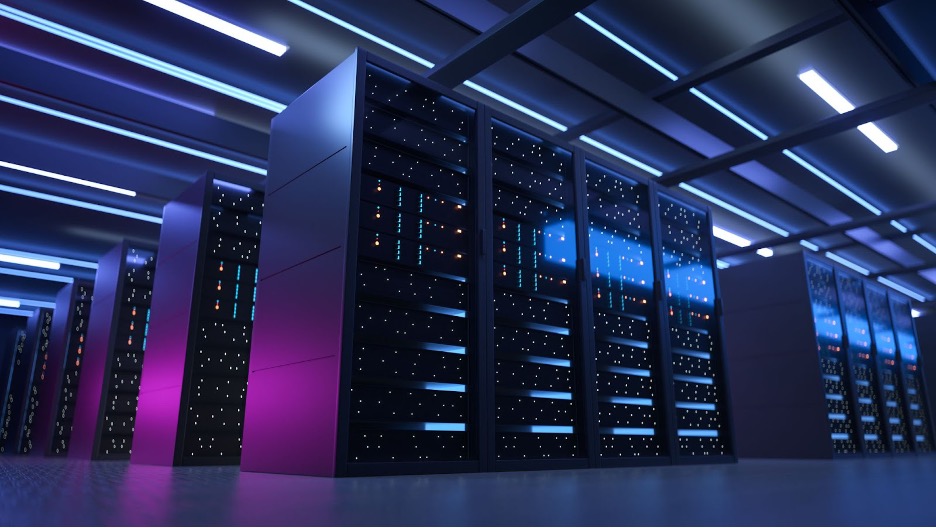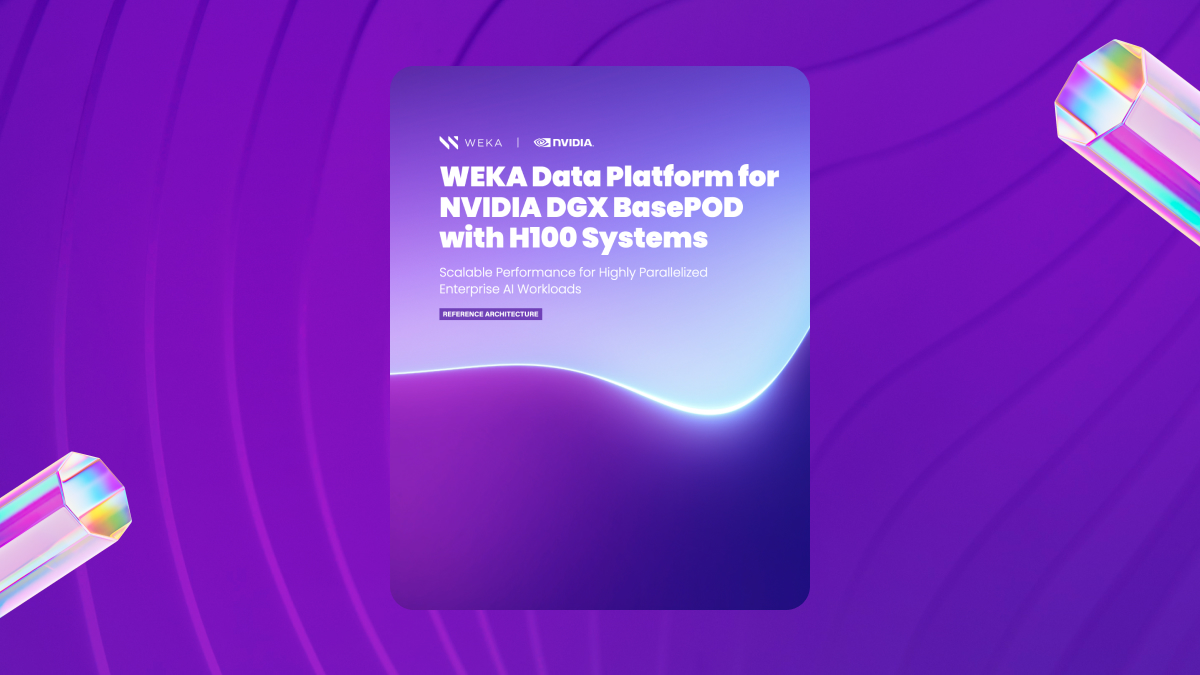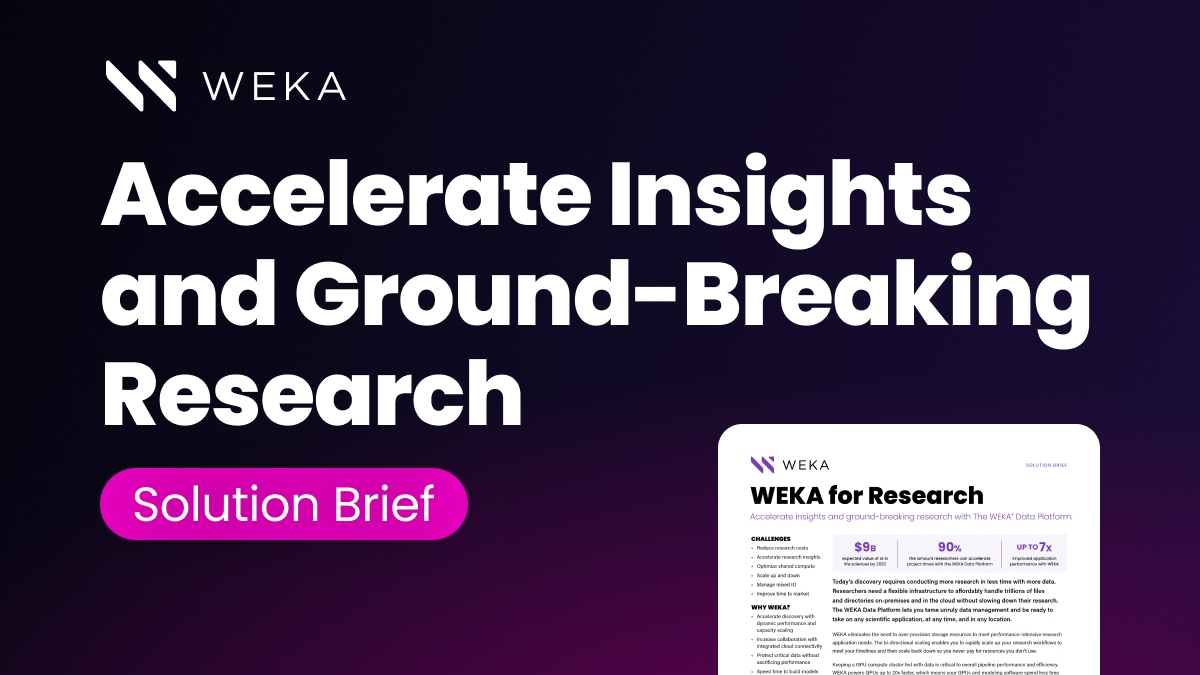HPC & GPUs Explained (How They Work Together)

Are you wondering about GPU and HPC? We explain what HPC is and how GPU acceleration works to improve the performance of your data-intensive applications.
How does HPC work with GPUs? High-performance computing is a technique of processing massive amounts of data and performing complex calculations at high speeds. A GPU is a specialized processing unit with enhanced mathematical computation capability, making it ideal for HPC applications.
What Is High-Performance Computing?
The term high-performance computing generally refers to powerful computing platforms that process large amounts of data. However, this is a general term, and it can pertain to many different types of computing platforms, including mainframe computers.
HPC refers specifically to clusters of computers in cloud systems used for high-speed data ingestion and processing. These cloud clusters will often work together, orchestrated with specific technologies like cloud file systems, containerized apps, or other software. These HPC clusters are often used in specific industries where HPC is needed for complex, ongoing applications.
These industries include the following:
- Finance: Financial institutions, particularly those involved in tracking investments or customer behaviors, will use HPC systems to process large quantities of data.
- Machine Learning and AI: Most modern applications of artificial intelligence use massive sets of training data pulled in from various sources to support machine teaching and learning—data sets that are only available in large cloud systems.
- Life Sciences and Healthcare: Besides holding and securing protected patient health information, cloud systems often support complex analytics for research, customer service, and predictive diagnostics.
- Genomic Sequencing: As a subset of healthcare, genomic sequencing is the process of analyzing genetic material found in organisms or viruses to treat illness or predict certain biological outcomes.
- Supply Chain Management: As supply chains become more complex and fragile, cloud platforms driven by AI and predictive analytics are helping supply chain managers better predict and deal with issues to streamline processes and minimize waste.
Organizations use HPC systems because these applications call for a combination of data collection, data processing, fast data storage, and high-performance computing processors.
Why Are GPU for HPC Clusters Used?
To support cloud HPC clusters, providers and engineers use specific types of hardware, such as computer processors that can handle the workloads.
Consider a home computer. One of the core pieces of hardware inside every computer is the central processing unit.
CPUs and General Computing
A CPU handles all the computations in the system. Whether it involves managing data from the hard drive, displaying output to the screen, or running applications from RAM, the CPU is involved. CPUs have become immensely powerful.
Power isn’t the issue when it comes to HPC, however. Traditionally, powerful computers, and even supercomputers, used increasingly powerful CPUs with multiple cores and higher processing frequencies. But CPUs are built for general-purpose computing—juggling multiple tasks simultaneously. These processing units use what is known as “context” or “task” switching, where it moves between tasks (computing, display, access, etc.) to keep a system going. These context switches happen so fast that users don’t notice them—instead, it seems like everything is running in parallel.
GPU and HPC
But everything isn’t running in parallel, and CPUs can provide a bottleneck for heavy-duty processing where complex equations need processing over and over for real-time results.
This is where dedicated graphical processing units come in. GPUs were initially built to handle complex graphical output, usually related to intense graphical design rendering and three-dimensional video games. They specialize in this kind of work because they have several dozen cores that can handle the same computational tasks simultaneously. Unlike CPUs that juggle multiple tasks, GPUs do a much smaller set of tasks rapidly and with massive data throughput.
Data scientists and engineers soon learned that GPU architectures could support many more applications outside of gaming and graphics. For example, machine learning algorithms will ingest data and run the same scripts on them repeatedly to find patterns and determine the best actions. Genomic sequencing will also ingest complex genome patterns and run the same analytics on them, refining their results.
Because HPC applications rely on massively parallel processing with relatively similar processes, GPUs are the logical hardware to support them. Cloud computing platforms with high-performance capabilities will build their server infrastructure using GPUs to accelerate processing for these critical tasks.
What Additional Hardware Is Used for High-Performance Computing?
GPU HPC clusters are only a single part of a comprehensive HPC cluster, albeit a very important one. To maintain the highest level of performance, GPUs are often surrounded by hardware that is purpose-built to transfer and process large amounts of data.
Some of the additional hardware you might see alongside a GPU in an HPC system includes the following:
- Non-Volatile Memory Express: This form of solid-state drive uses special protocols and PCIe bus transfers to provide the fastest memory storage available, with high data throughputs and low latency to handle the demands of accelerated GPUs.
- Field-Programmable Gate Arrays: These circuits are built of logical control blocks that users can program for specific computation purposes. Instead of relying on general-purpose circuits and motherboards to support signal transmission to and from the GPU, these arrays can be mapped to specific logic to speed data throughput.
- HPC Fabric Interfaces: Fabric interfaces are relatively new technologies, using high-performance networking, cloud computing, and parallel processing functions into a “weave” structure. This presents a unified computing environment to use towards high-demand workloads.
GPU-Driven HPC Systems with WEKA
With high-performance computing becoming the backbone of modern enterprise and scientific technology, these systems’ underlying hardware has rapidly evolved. HPC GPU architectures are purpose-built for advanced workloads in the life sciences, genomic sequencing and advanced analytics.
WEKA provides the exact infrastructure you need to power such workloads, with advanced hardware and features that include the following:
- Streamlined and fast cloud file systems to combine multiple sources into a single high-performance computing system
- Industry-best, GPUDirect performance (113 Gbps for a single DGX-2 and 162 Gbps for a single DGX A100)
- In-flight and at-rest encryption for governance, risk, and compliance requirements
- Agile access and management for edge, core, and cloud development
- Scalability up to exabytes of storage across billions of files
Contact the WEKA team today if you’re looking for advanced cloud computing infrastructure for your analytics or big data workloads.
Additional Resources
- NVIDIA GPUDirect® Storage Plus WekaIO™ Provides More Than Just Performance
- NVIDIA and Weka DGX POD Reference Architecture
- GPU in AI, Machine Learning, and Deep Learning
- How GPUDirect Storage Accelerates Big Data Analytics
- Kubernetes for AI/ML Pipelines using GPUs
- Why GPUs for Machine Learning? A Complete Explanation
- CPU vs. GPU: Best Use Cases for Each





